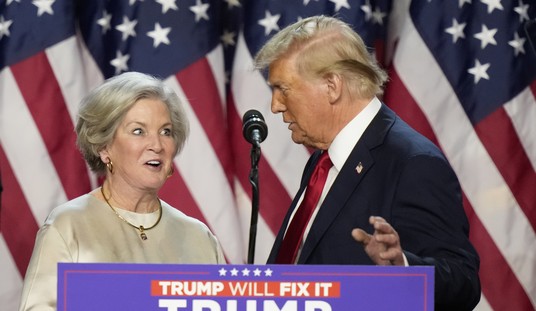Have you ever stopped to think about how the breakup of AT&T revolutionized the information and communications technology (ICT) market? Most people probably haven’t, but in 1984, the end of the regulated monopoly ushered in an era of unprecedented competition and innovation. For those who are not familiar, AT&T broke up in 1984 after it decided to end a long, drawn-out lawsuit brought on by the U.S. Department of Justice because the company was considered a monopoly. AT&T had two options. It could spin off its 22 local operating companies into seven Bell holding companies, and maintain control of their equipment manufacturing and research and development operations. Or, it could relinquish control of equipment manufacturing and research and development while retaining control of their local operations. They chose the former, but they never seemed to shake off their reputation as a monopoly even though the government made the company split off their assets. Still think "revolutionized" is too strong a characterization? Google the AT&T breakup on your iPad or use your mobile phone to ask a friend and in the process you will utilize three products whose existence is in a large part a direct result of the divestiture.
While the ICT market flourishes, the same cannot be said for today’s financial services system. In the aftermath of the worst economic crisis since the Great Depression, it is credit delivery products and innovation that will stimulate economic growth. However, marketplace advances aren’t keeping pace with innovation. This isn’t about products like the subprime mortgages; those will forever be a cautionary tale about greed. In fairness, the overwhelming majority of Americans had nothing to do with that fiasco, but nonetheless continue to pay an enormous price. In a recent speech to address the nation’s slow recovery, John Williams, president and CEO of the Federal Reserve Bank of San Francisco, cited tight credit as a by-product of the housing bust and emphasized what we all know, that for many, credit is more difficult to find. Moreover, according to Williams, “Tight credit is among the factors that work to reduced desired spending by household, businesses, and government below the level consistent with full employment.”
To better understand this stagnation, consider how banks were the foundation of the financial regulatory system dating back to the National Bank Act of 1864. In 1861, when a national banking system was in the works, Treasury Secretary Chase recommended the banking system be chartered by the federal government. The National Bank of 1864 took Chase’s model and established a federal-state “dual banking system” that outlasted the Civil War and still survives today. The language of this act created a federal office in the Treasury Department called the Comptroller of the Currency. The comptroller required each newly chartered national bank to give government bonds to the Treasury “in an amount equal to $30,000 or one-third of its capital, whichever was greater.” However, after this requirement was revoked in 1913, the role of federally chartered national banks administered by the office of the comptroller has continued to be significant in the national economy. The act spurred the creation of powerful nationwide banks such as Citibank, the Bank of America and thousands of local banks.
Recommended
Because the language of this act has remained largely unchanged, banks continue to dominate if not monopolize the market nearly 150 years later. It is because of this act that the federal government spent $200 billion dollars bailing out Bank of America, Wells Fargo, Citigroup, and other nationwide banks in 2008.
Given their prevailing 20th century mentality and saddled with new and burdensome regulations, banks have little incentive to develop affordable credit options to serve the needs of millions of American consumers. I’m not talking about the Warren Buffets of the world; I’m talking about people who wake-up every day worried about the future – which unfortunately accounts for most of us. A report released by the Corporation for Enterprise Development found that 127.5 million people are liquid-asset poor, meaning that a sudden loss in household income would leave them below the poverty line in just three months.
Real progress lies in old-fashioned entrepreneurship; this is the same kind of innovation that took us from a rotary-dial land line to a cell phone and from analog television to digital cable. Emerging technology in the non-bank financial space is a natural progression from a bank-centered economic system. Yet, qualified trend setters are stymied by a regulatory environment resistant to business models other than traditional banks. Marketplace innovations are unduly restricted by an antiquated financial system that has failed to keep up with the changing demands of consumers. The government needs to realize that like AT&T, national bank giants eventually need to be broken up and weaned off heavy government subsidies. That way, other competitors in the marketplace can spur innovation in consumer finance without having to worry about too much government regulation.
























Join the conversation as a VIP Member